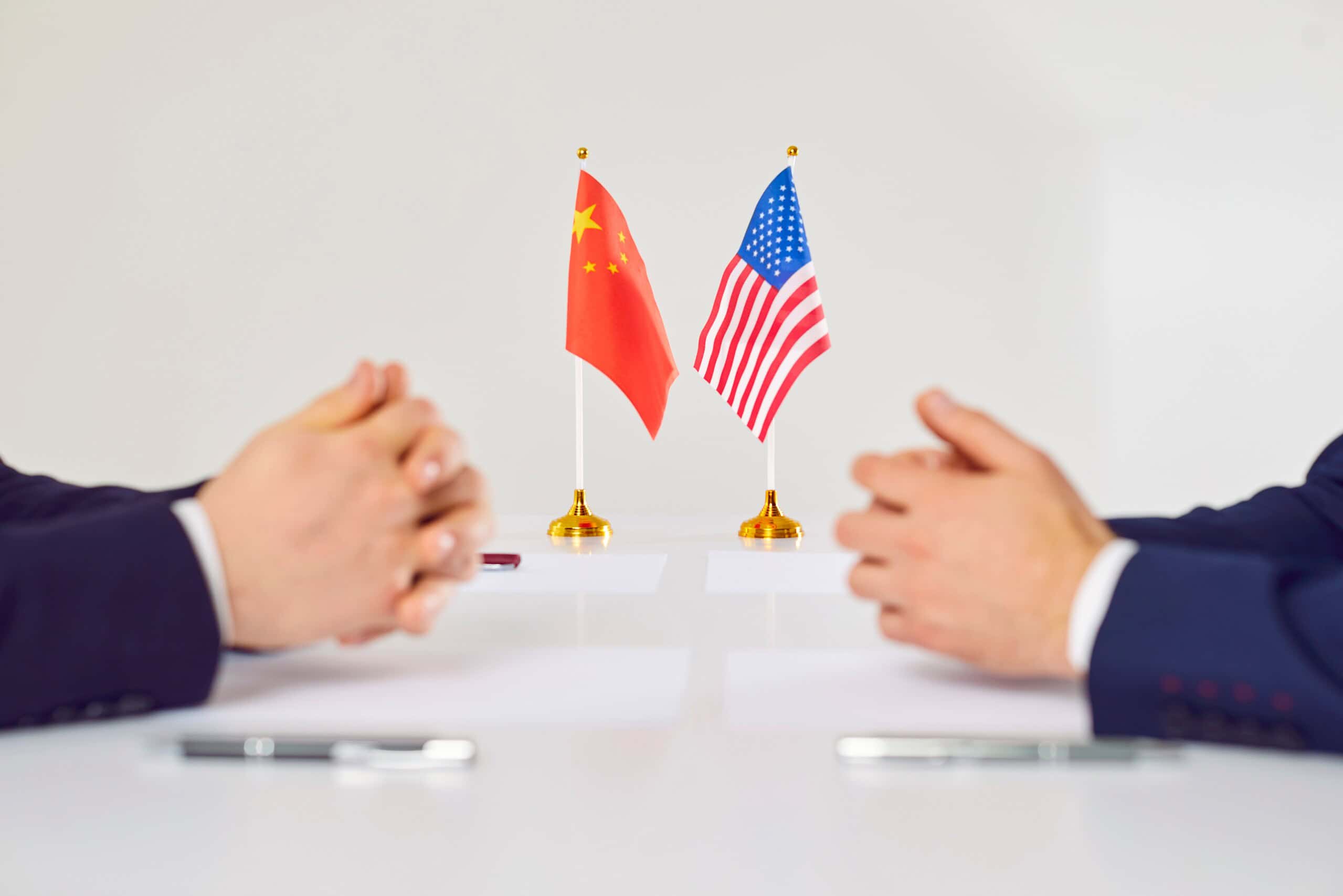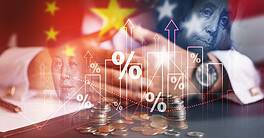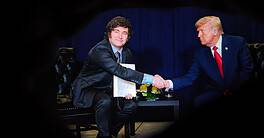Trump and Xi agreed to a one-year trade truce, easing tariffs and controls, though China’s deeper economic troubles are far from resolved.
President Donald Trump and Chinese leader Xi Jinping agreed to a one-year trade truce, easing tariffs and controls.
The agreement seemingly rolls back the plans Trump unveiled on October 10, when he said a 100% tariff would be placed on Chinese imports along with new export controls on software. But just weeks later, talks between top US and Chinese officials shifted the narrative again, offering a glimpse of a potential deal that could avert deeper conflict—at least for now.
During a meeting in South Korea, Xi reportedly got Trump to cut tariffs by 10%. The US will also suspend port fees on Chinese vessels, and postpone export restrictions that would have blocked additional Chinese companies from accessing American technology.
And according to Trump, China agreed to purchase soybeans from American farmers and step up efforts to prevent fentanyl trafficking. The framework could also delay China’s rare earths export restrictions for a year while it reconsiders its policy.
US Treasury Secretary Scott Bessent said on October 26 that negotiators had forged a trade framework that could forestall the 100% tariff increase. The talks occurred against the backdrop of the Asia-Pacific Economic Cooperation summit.
Despite Xi’s successful meeting, China’s deeper economic issues are far from resolved.
Vina Nadjibulla, vice president for research and strategy at the Asia Pacific Foundation of Canada, pointed out that the US tariffs were being framed in China as the chief culprit for its economic slowdown—but she noted the country’s troubles go beyond tariff wars.
“The reality is that China’s slowdown is overwhelmingly driven by domestic, structural issues: a prolonged property bust that’s sapping household wealth and confidence, weak consumption, local-government debt, and private-sector caution after years of regulatory churn—problems that predate the latest tariff rounds,” says Nadjibulla.
While the US tariffs have undoubtedly disrupted Chinese exports, China, for its part, has adapted in some ways. For example, it’s no longer as reliant on the US as it once was, according to Wei Liang, a professor at Middlebury Institute of International Studies. After all, high tariffs have been in place since 2018, Trump’s first term.
“Today, the largest trading partner of China is not the US, but Southeast Asia and the EU,” Liang says. So, the potential escalation of tariffs from 25% to 100%, she explains, would have had a limited impact anyway.
Despite Trump and Xi’s recent meeting, the tension between both nations has intensified and will likely persist. What will change that? “Different leadership,” Liang adds. New leaders, both in the US or in China, “might choose different strategies and better manage their bilateral differences.”




